Leprechauns are a much loved aspect of Irish folklore and have become a symbol of Ireland. They are usually portrayed as happy little old men dressed in green, but historically they were the trickster shoemakers of the fairy world, thought to live in hollowed out tree trunks or caves.
Popular culture often shows a leprechaun at the end of a rainbow with a pot of gold. This is because Leprechauns are said to hide their gold at the end of a rainbow, which of course can never be found!
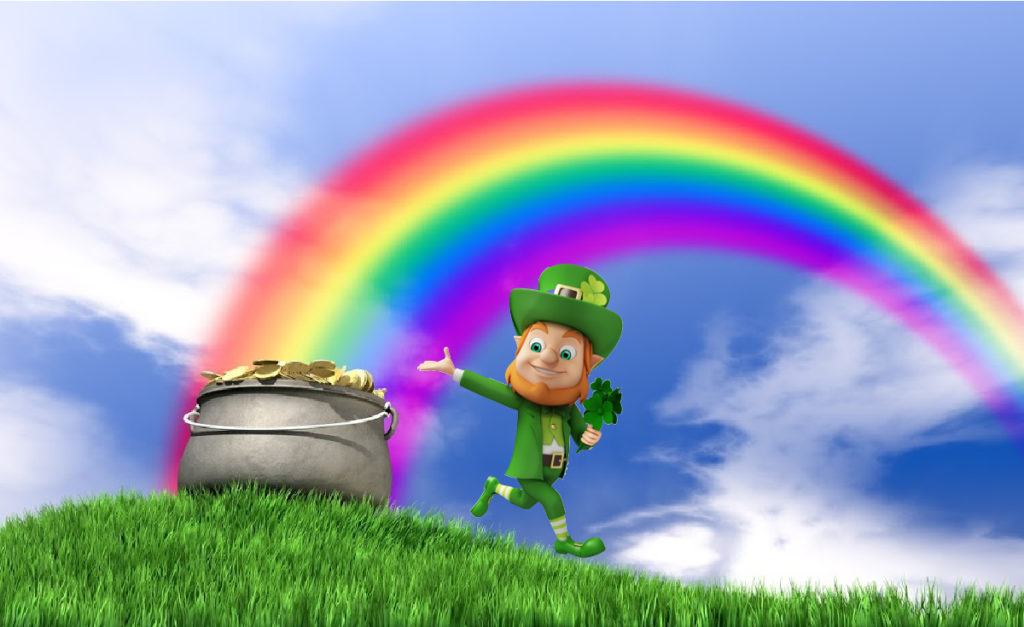
Leprechauns, green and rainbows are all associated with Ireland and St Patricks Day!
This activity explains why there are lots of rainbows in Ireland, how rainbows form and how you can make a rainbow even on a cloudy day!
Make a Rainbow
Rainbow with a hosepipe
The easiest way to make a rainbow on a sunny day is to stand with the sun behind you and spray water from a hosepipe.
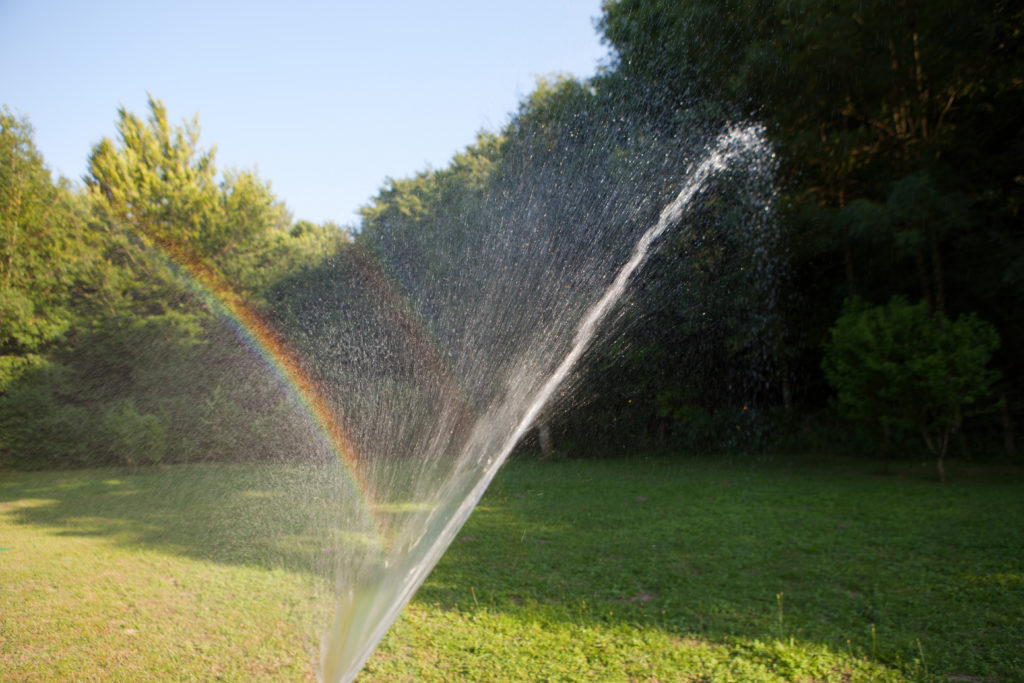
Rainbow in bubbles
If you have some bubble mix you can look for rainbows in bubbles. If you don’t have a mix try making your own bubble mix.
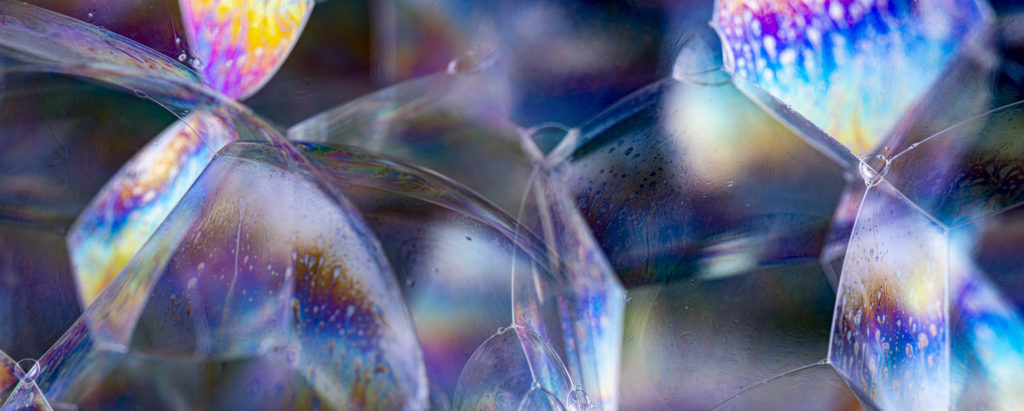
Another idea is to do some washing up and look for rainbows in the bubbles!
Rainbow with a prism
If you have a prism, you can make a rainbow either on a sunny day outside or with a torch inside.
Follow my instructions for making a rainbow with a prism.
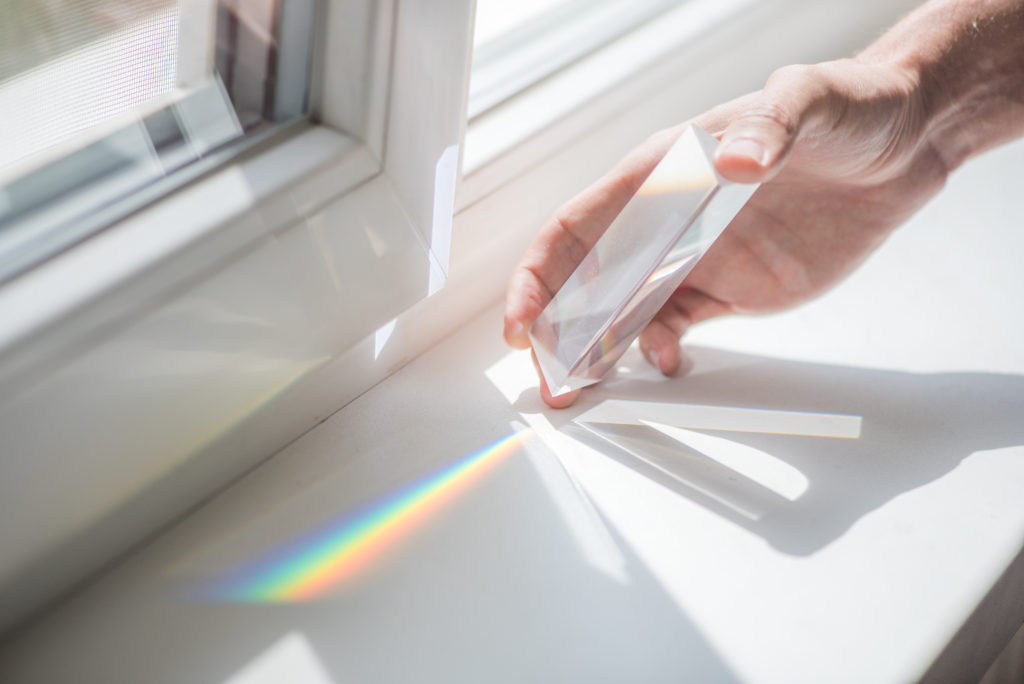
What is a rainbow?
A rainbow is a multicoloured arc made when light from the sun passes through drops of rain or mist. For a person to see a rainbow they must be stood between the sun and the rain with the sun behind them.
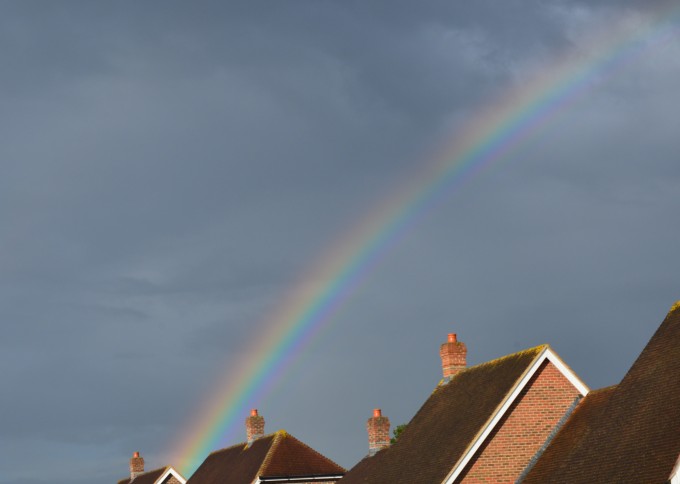
The colours of the rainbow ordered from longest to shortest wavelength are:
Red, orange, yellow, green, blue, indigo and violet
How do rainbows form?
Rainbows happen when sunlight is refracted and dispersed in drops of rain or mist.
Sunlight slows down as it moves from the air into a raindrop ( as water is more dense than air ). The light reflects off the inside of the water droplet and is split up into it’s component colours because of their different wavelengths.
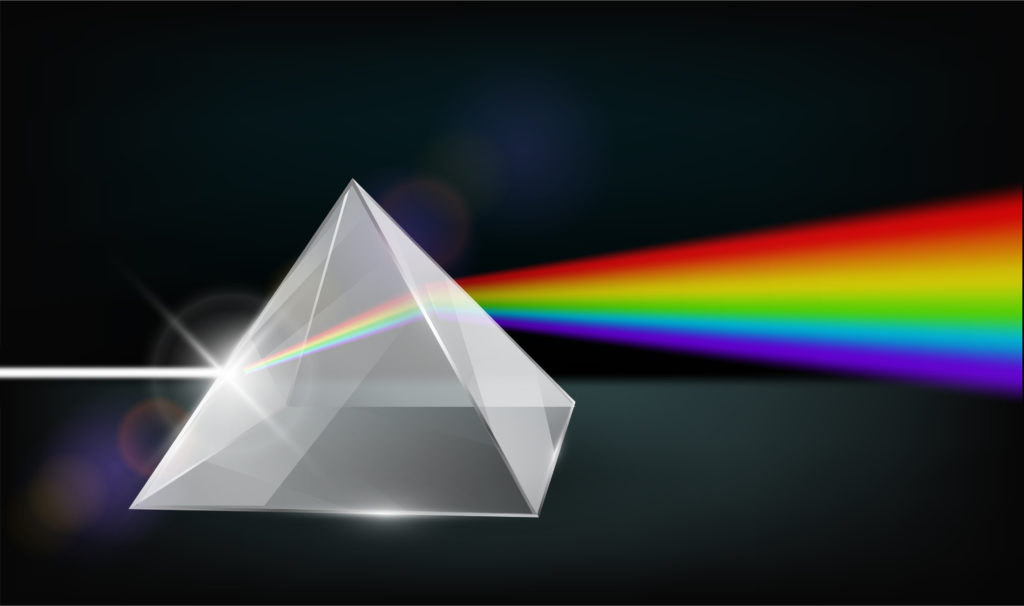
Why does Ireland get so many rainbows?
Irish weather is great for rainbows! Ireland basically gets a lot of rain and sun, both of which are needed to make a rainbow!
Can you ever reach the end of a rainbow?
Sadly no one will ever get to the mythical pot of gold at the end of a rainbow as a rainbow is an optical phenomenon. To see it you need to be a distance from the rain or mist with the sun behind your back. As you move, the rainbow will move with you!
This post is part of my Around the World in 50 Experiments series.
If geology is more your thing Giants Causeway is a great rock formation to study. The columns are thought to have formed from flows of lava cooling as they reached the sea.
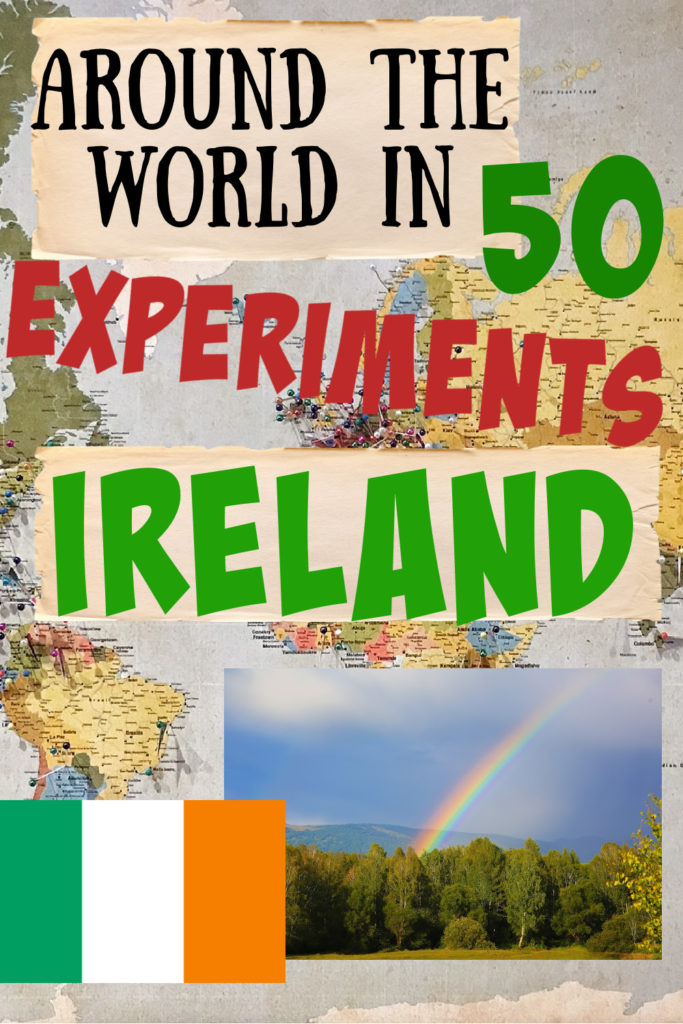
Last Updated on August 9, 2022 by Emma Vanstone

Leave a Reply